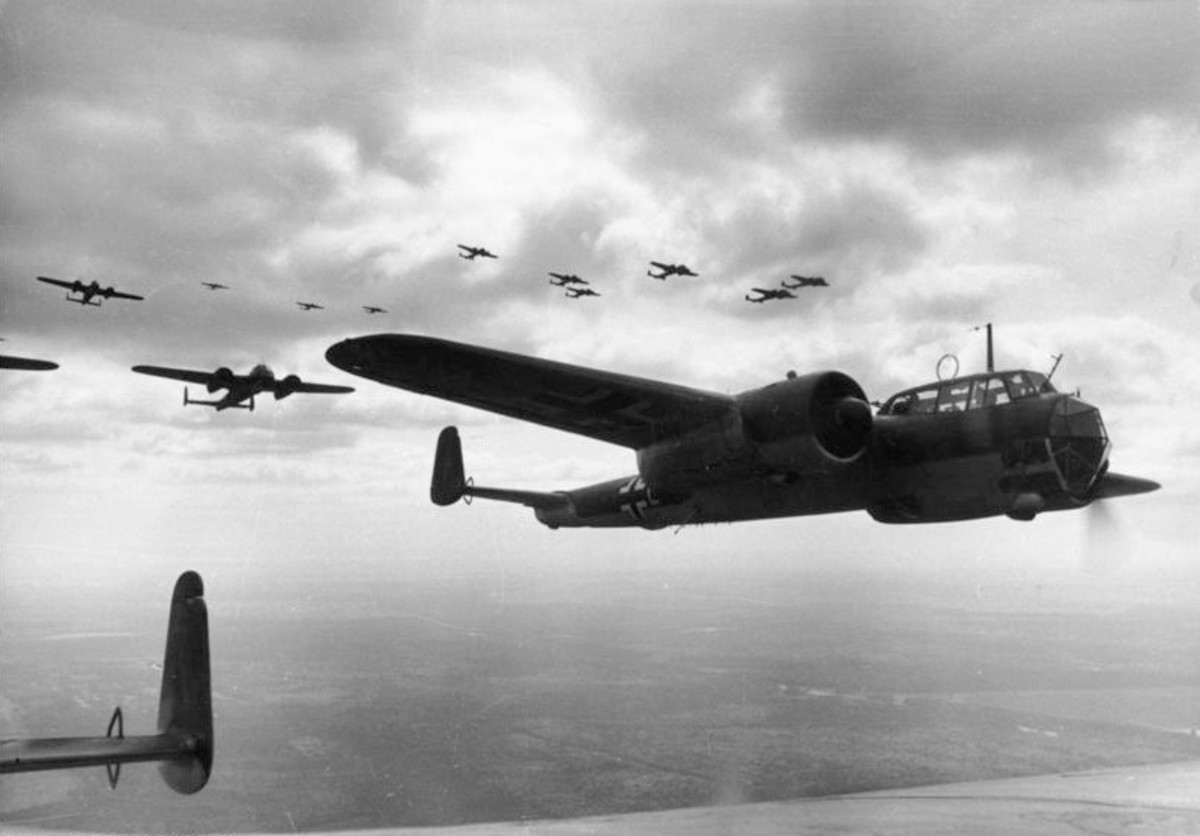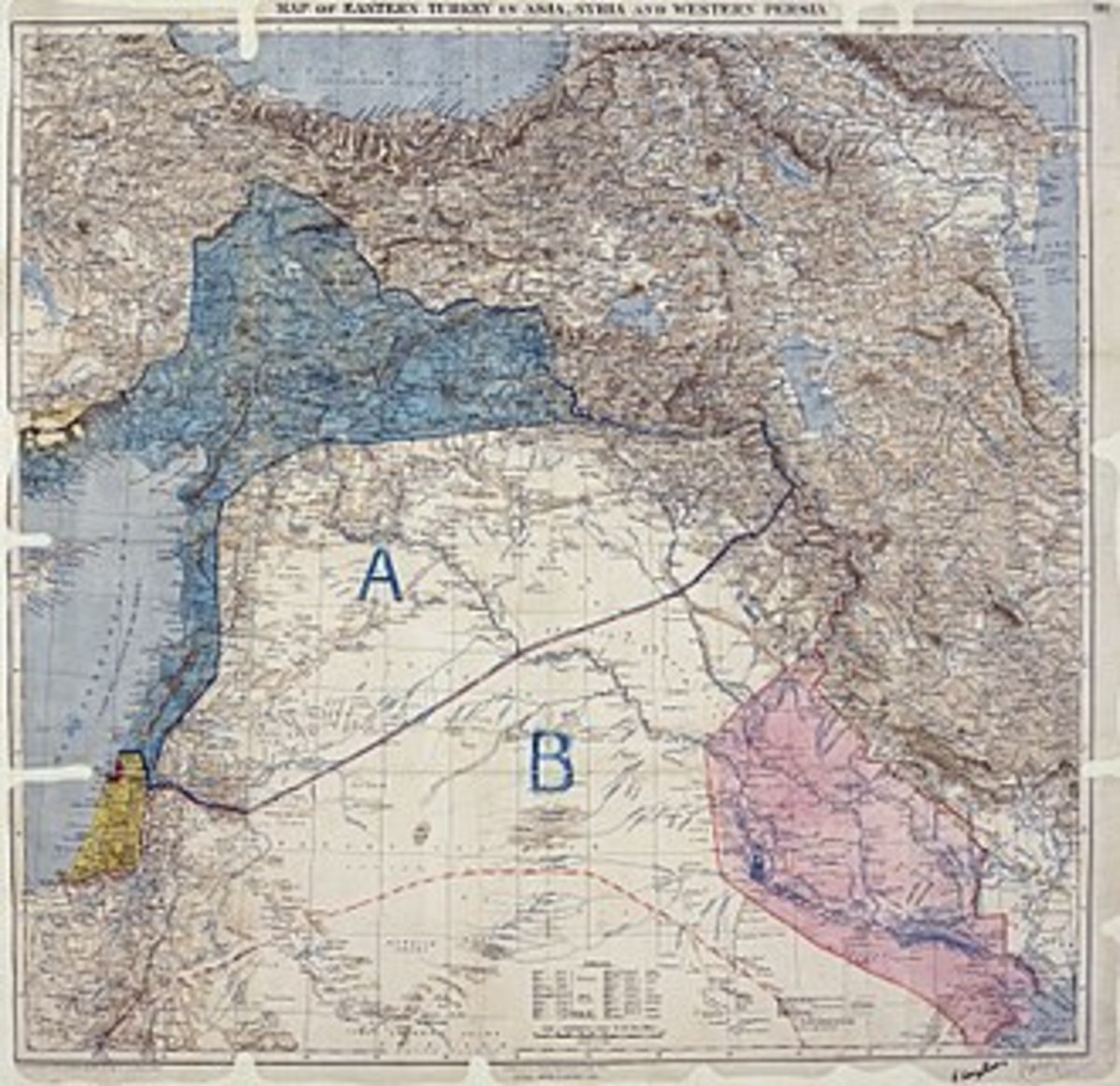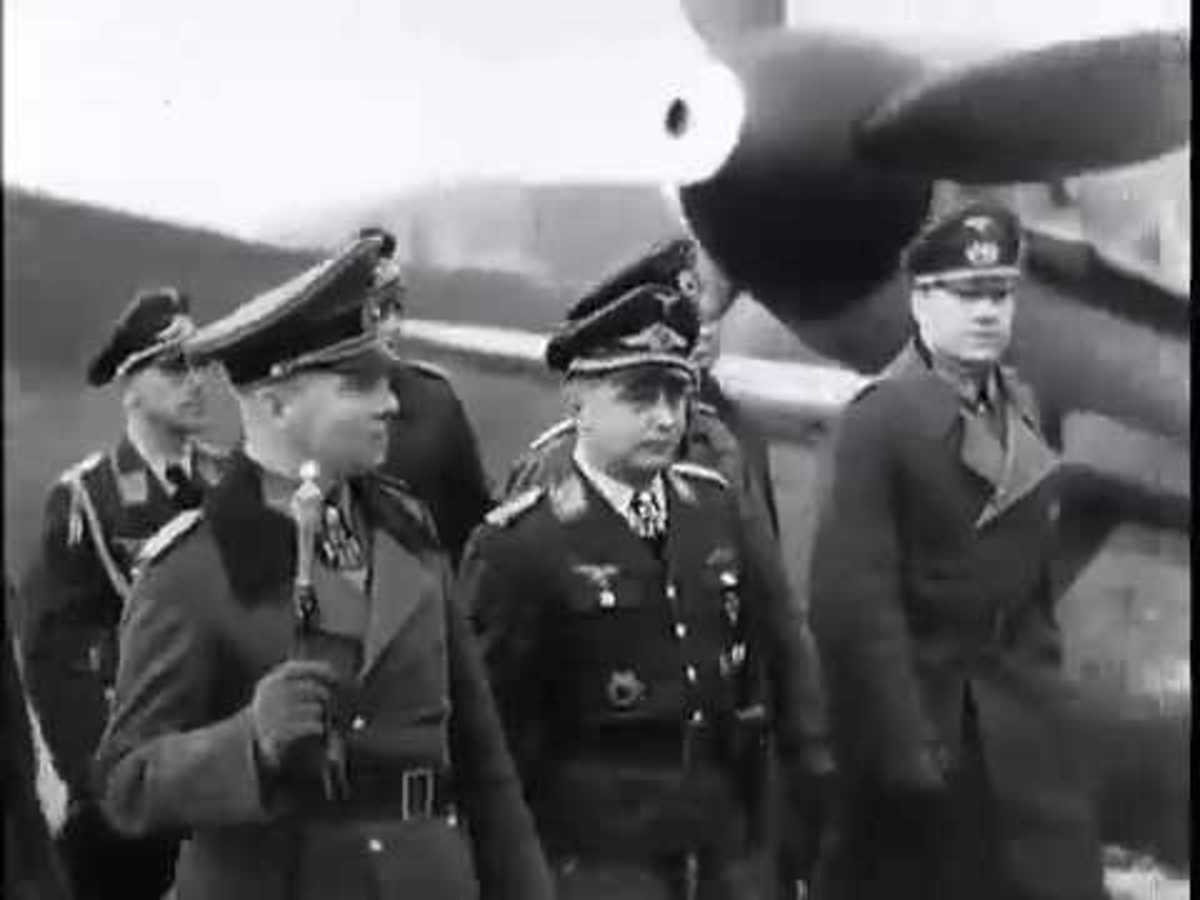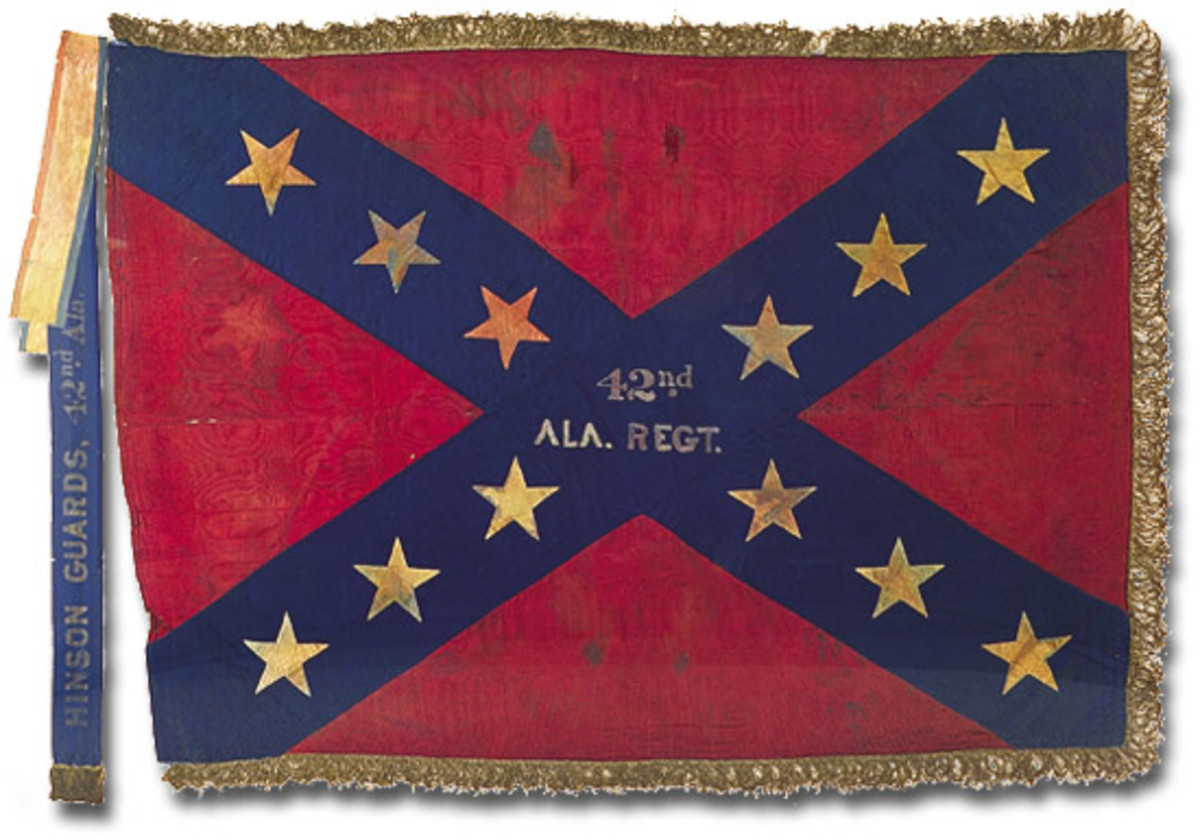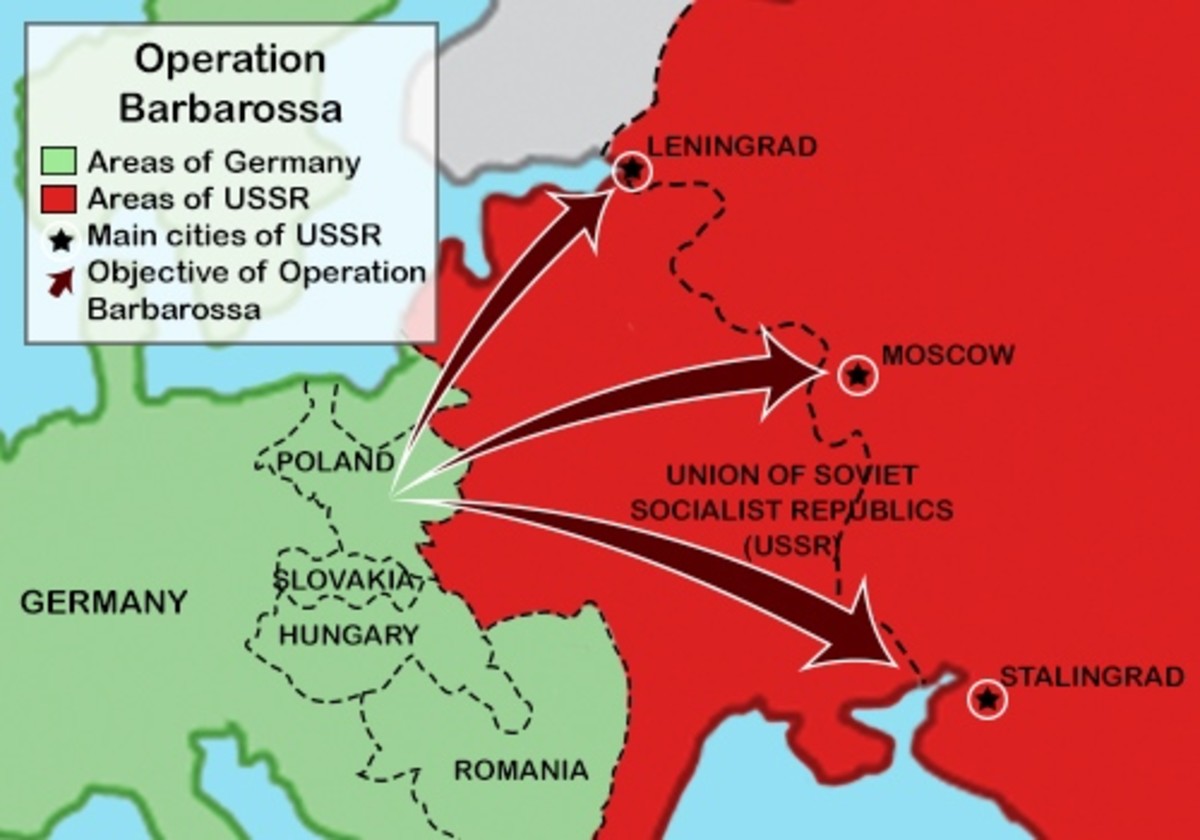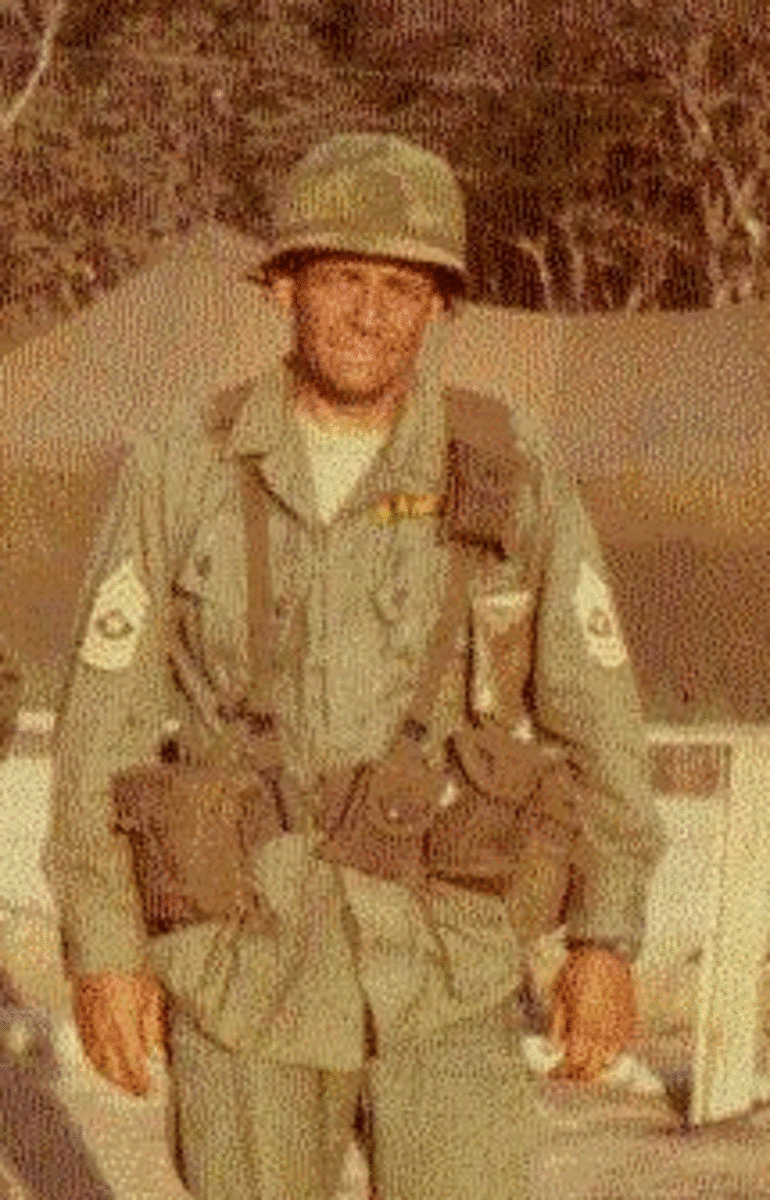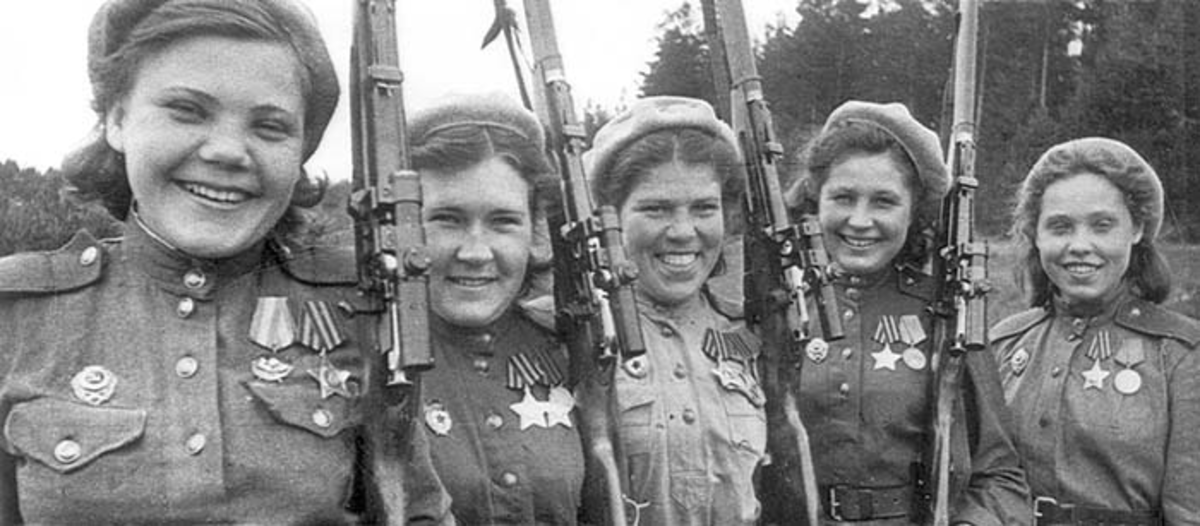How England and France Forced Greece to Enter in WW1
King Constantine was married to Germany’s Wilhelm Kaiser's sister and decided to remain neutral in WW1. In effect, the advantage was given to Germany and Turkey. The King’s Prime Minister Venizelos wanted to join the Triple Entente (Allies). It was his hope that Greece’s territory could be expanded in post-war territorial gains. Venizelos was eyeing Asia Minor (populated by a large number of Greeks but still part of the Turkish Empire).This difference was the knife that divided Greece into two segments, the royalists (pro-German) and the Venizelists (pro Allied).As Serbia collapsed under the attack of the Central Powers and the Allied Gallipolli campaign ended in disaster, the Allies were very concerned in losing the Balkans.
On January 24, 1915, the British formally requested that the Greeks enter WW1 on the allied side, and in return, Grece would receive Asia Minor.
On Oct 5th, 1915, the British 10th and French 156th Divisions land at Salonica to open a new front. The King’s government ignored this “invasion”.
On Oct 23rd, 1915, additional French-British forces land at Salonika without permission from the government in power in an effort to force Greece to be part of the allied forces.
A combined French-British force of two large brigades was landed at Salonika at the request of the Greek Prime Minister Venizelos. The objective was to help the Serbs in their fight against Bulgarian aggression. However, the expedition arrived too late, the Serbs having been beaten before they landed. It was decided to keep the force in place for future operations, even against Greek opposition. The Greek Chief of the General Staff in Athens had told them “You will be driven into the sea, and you will not have time even to cry for mercy”. The outcome of the Gallipoli campaign was in the hanging.
The original two Brigades eventually were reinforced by larger units until the British 22nd, 26th, 27th and 28th Divisions were there.
On Jan 23, 1916, French and British forces seized Corfu in order to use it to assemble and reorganize the shattered Serbian army, once restored, it was planned to send them to Macedonia.
On May 27, 1916 Fort Rupel and three cities were surrendered to German and Bulgarian forces. The fort's commander, Major Mauroudes and a German, Captain Thiel, signed the agreement for the fort's surrender. The invasion by the Germans and Bulgarians into Greece and the fort's surrender outraged all of the Greek people. The Allies were furious and demanded that the government be dissolved.
On Sept 25, 1916, exiled Prime Minister Eleutherios Venizelos and Admiral Paulos Kountouriotes, accompanied by approximately one hundred of their political and military supporters, boarded the steamships Esperia and Atrometos in Phaleron and sailed to Chania. Their objective was to create a new government that would lead Greece into the war on the side of the Allies. Greece was on the brink of civil war. The British and French fully supported the new government with arms and money. In Athens, King Constantine makes an agreement with the French envoy after the French fleet surrounds the Greek capital. He must withdraw his forces from central Greece and hand over to the Allies large quantities of naval and military material. .In return, he wants the Allies to guarantee the present borders and respect Greece's neutrality. The French refuse and demand the naval and military equipment without any conditions.
On Oct 9, 1916 A provisional government was established in Thessalonica by Venizelos and General Panagiotes Dangles and Admiral Paulos Kountouriotes. It included members of the National Defense Committee that had been formed in Thessalonica in December, 1915. The provisional government devoted itself to reinforcing the Allies and to build up a powerful army. The core of this army came from military men that came over to the National Defense movement in Thessalonica between 20 August and 2 September 1916 , and by the recruitment of men from Macedonia and the islands. Its immediate objective was to wage war against the Bulgarians and the Central Powers, that already occupied large parts of Greek territory. The longer term political objective was to participate in the peace conference at the end of the war, where it would pursue the liberation of trapped Greek populations still living in areas occupied by Turkey and Bulgaria (i.e., Thrace and Asia Minor).
November 16th, the Entente asked Greece to deliver the war materials asked. Negotiations about them continued for a couple of days.
.
November 23, 1916 Venizelos new Government of Thessalonica declared war against Bulgaria and Germany in order to legitimize the new movement.
November 30, 1916 The Battle of Athens (the November Incidents) occurs.
Measures were taken by the Entente troops to force the Greeks to surrender the armaments requested. The landing force consisted of about 3000 men ( French, British from HMS Exmouth and HMS Duncan and the Italians from the warship ' Livia ' ). Landing Force C.O. was the French Captain Pugliesi Conti.
All Greek forces in Athens were about 20,000 ( all under the command of General Kallaris, 1st Army Corps commander ).
To protect public buildings General Kallaris had the following forces :
- part of a Sappers Regiment
- three companies (1st Battalion) / 1st Infantry Regiment
- one battalion / 7th Infantry Regiment
- part of 29th Infantry Regiment
- one mountain gun
- other small forces
- volunteers ( not included in the 20000 above are about 8000 mobilised troops not in the army – of which about 300 officers -, these were a kind of pro-King paramilitary militia ).
The Allied landing forces were 3000 men (of which about 500 British ), equipped with 96 cartridges per rifle, 3600 per machine-gun, food for two days, bicycles for messengers etc. They were organised in 1st Landing Battalion, 2nd French Battalion, 3rd French Battalion .
Two destroyers and two gunboats reinforced the Entente fleet: French battleships Provence , Mirabeau ; French destroyers Lestin , Dehorter , Railleuse ; British HMS Exmouth, HMS Duncan ; Italian warship Livia Half a battalion from the French 34th Colonial Regiment arrived in Piraeus and was to be used in the operations and also as a general reserve.
The Allied force would land in Phaleron and in Piraeus (Port of Athens). Its objective was to occupy strategic points in Athens in order to force King Constantine's government to withdraw troops from Thessaly, and to seize the quantities of the military materiel that was demanded of it (fast forward to 2003, when President Bush sends Saddam Huissein an ultimatum to step down as the leader of Iraq. When he doesn’t, America invades. History repeats). By the afternoon, the two sides compromised and the Allies withdrew. The withdrawal of the French became an occasion for mob violence on the next day against Venizelos's supporters, who were deemed as responsible for the military action as the Allies.
Entente forces landed between 0300 and 0500. When they reached the assigned objectives they were met by the Greek Sappers Regiment, 1st Battalion / 1st Infantry Regiment, one battalion / 7th Infantry Regiment, part of 29th Infantry Regiment, one mountain gun, other small forces and volunteers. These units stop the advance cold.
Entente forces captured all of the volunteers and their equipment/supplies. The Greek 1/1 Company captured a supply column.
At about 0900, the 2nd French Battalion (reinforced by half of the 1st Battalion , about 1000 men, moved in two columns into the center of Athens to join the 3rd Battalion. Meanwhile various Greek units were being asked to withdraw from their positions, but all refused.
At 1130, the first shots were fired. Various skirmishes lit up all over central Athens. The Italian company withdrew and didn’t take part in any skirmish, many dead and wounded were suffered on both sides and prisoners taken. A French Admiral was trapped inside Zappeion Palace until rescued by Greek soldiers faithful to the King! French warships opened fire sending salvoes against the palace (today, the Parliament building in Athens) killing many.
At 1200, there was a ceasefire. At about 1630 shots were fired by civilians against Greek units. A Greek mountain gun then fired against the ‘ civilians ‘ attacking Greek forces and the French ordered their warships to open fire at Athens at 1645. The warships were the French destroyers ' Lestin ', ' Dehorter ', ' Railleuse ' and the French battleship ' Mirabeau '. At 1900 there was a ceasfire in Athens and the French warships stopped firing. A total of 60 shells were fired by the destroyers and four by the battleship.
By 2200 orders were send to the Entente (Allied) forces in Athens to withdraw. This was done from 0230 to 0530.
During all that time there were riots and skirmishes between pro-Venizelos and pro-King civilian supporters.
Losses were :
- Allied : 60 dead ( 6 officers ) and 134 wounded ( 2 officers )
- Greek Army : 30 dead ( 4 officers ) and 52 wounded ( 3 officers )
- Civilian casualties are not included.
Dec 7-21 1916 The Allies established a blockade of southern Greece. The royalist government was compelled to accept their ultimatum to withdraw its military forces from the Peloponnese and to establish control check points in Patras and at the isthmus of Corinth. All weapons would be turned over. Near-famine conditions developed in some areas.
June 10, 1917 King Constantine steps down, Alexander, his son, is the new pro-Allied King. The Allies landed forces in Piraeus and the isthmus of Corinth under the command of Senator Jonnart, of the French Parliament, who had been appointed by the Allies as their High Commissioner in Greece. This event cleared the way for Greece's reunification under Eleutherios Venizelos.
On June 15, 1917 The royal family boarded the royal yacht Sphakteria in Oropos and sailed to Italy escorted by two French destroyers. From Italy it proceeded to Switzerland, where it remained through the duration of the war.
On June 26, 1917 Venizelos formed a government on the basis of the parliament elected as a result of the elections held on 31 May 1915.
On June 30. Greece officially entered World War I with the recall of the Greek diplomatic representatives. The Greek government of Venizelos declared that it considered the country to be in a state of war on the side of the Allies as of November 1916 (when the original such declaration had been made by the revolutionary government in Thessalonica). The 60,000 soldiers recruited by Venizelos in Crete, provided the core of the new army. Eventually 250,000 Greek soldiers saw action in the war, including the highly successful Vardar Offensive. During the war, the Greek Army had around 15,000 men killed and another 85,000 wounded.

